SINO ANG MGA AUSTRONESYANO?by John Clifford Sibayan on 28 August 2018
Sino ba ang mga Austronesyano?BY LUMANGBAYAN
Marahil naituro dati ng iyong guro sa kasaysayan ang Beyer Wave Migration Theory ni H. Otley Beyer, kung saan tatlong malalaking grupo ng tao ang dumating sa Pilipinas. Ayon kay Beyer, ang nauna ay ang Negrito, tapos ang Indones, at pinakahuli ay ang mga Malay na siya umanong bumubuo sa malaking parte ng populasyon sa Pilipinas. Ngunit alam mo ba na ang teoryang ito ay matagal nang napatunayan na hindi totoo?Si William Henry Scott ay isang historyador na malaki ang nai-ambag sa kaalaman tungkol sa kasaysayan ng Pilipinas bago ito naging kolonya ng mga kanluraning bansa.
Kung ganoon, ano ang pinaniniwalaang teorya na umaayon sa mga nahanap na ebidensya?
Sinasabing may dalawang alon ng pagdayo ng tao sa Timog Silangang Asia at Pasipiko na maaaring magpaliwanag sa kasalukuyang populasyon sa mga nasabing lugar. Ang una ay ang mga Australoid, ang ninuno ng mga kasalukuyang Negrito. Nakarating sila 5,000 - 6,000 taon na ang nakakalipas. Sila ay kilala sa pagkakaroon ng maitim na balat. Pinaniniwalaang ang ninuno ng mga Negrito ay nanggaling sa mga unang tao lumabas mula Aprika.
Ang pangalawang alon ng pagdayo ay ang mga Southern Mongoloid, o mga Austronesian. Sila ay sinasabing may kayumangging balat. Ang mga Austronesian ay nanatili sa malaking bahagi ng Timog-Silangang Asia at Pasipiko, kabilang na ang Malaysia, Taiwan, East Timor, Pilipinas, Indonesia, Brunei, Madagascar, Micronesia, Polynesia, New Zealand, at Hawaii. Ang wika ng mga grupong Austronesia sa mga bansang ito ay bahagi ng Austronesian language family, na ang ibig sabihin ay mayroong iisang lumang wika na pinanggalingan silang lahat.
Ayon kay William Henry Scott, historyador ng kasaysayan ng Pilipinas at eksperto sa 16th century na Pilipinas, halos walang ebidensya at hindi kapani-paniwala ang metodolohiya na ginamit ni Beyer. Ngayon ay halos wala nang antropologo na naniniwala sa Beyer Wave Migration Theory.
Kung titingnan sa itaas, napakalawak ng sakop ng Austronesyano. Itinuturing ang Austronesyano bilang pangkat ng iba’t ibang populasyon na nagsasalita ng wikang Austronesian (at mga variation nito). Ibig sabihin, lahat ng sakop nito ay kabilang sa isang language family. Dala-dala ng mga sinaunang taong naglakbay ang wikang ito, at mahalagang isyu ang paraan ng paglalakbay na ito sa mga archaeologist. Ang pangkat ng Austronesyano ay pinag-aaralan sa pamamagitan ng ebidensyang arkeolohikal, linggwistik, kultural at henetikal (genetics).
Mayroong dalawang malaking teorya ng paglawak ng mga Austronesyano.
1. Out of Taiwan
Nakabatay ang teoryang ito sa ebidensya ng pag-unlad at pagkalat ng wika at ilang mga ebidensyang arkeolohikal. Ayon sa teoryang ito, nagmula sa Formosa (Taiwan) ang mga Austronesyan galing sa China, dala-dala ang kanilang wika at teknolohiya ng pagsasaka o farming. Sinasabing naganap ito sa pagitan ng 5000-2000 taon bago ang kasalukuyan at unang nakarating sa Luzon. Matapos ito, nakarating ang grupo sa iba pang bahagi ng Pilipinas at naglakbay papuntang Borneo at Indonesia.
Sa puntong ito, ang ilang sa mga Austronesian, ay naglakbay pasilangan at nakarating sa mga isla ng Pasipiko, habang ang mga naglakbay pakanluran ay nakarating sa Mainland Southeast Asia at hanggang sa Madagascar.
Proponents: Blust (1998), Bellwood (1979, 1991)
2. Out of Sundaland

Nakabatay naman sa ebidensyang henetikal (mtDNA) ang teoryang ito na nagsasaad na ang mga Austronesian ay patuloy na nag eevolve sa Timog Silangang Asya ng mas matanda sa sinsasabi ng Out of Taiwan model. Sinasabing dahil sa pagbabago ng klima at pagtaas ng lebel ng tubig-dagat at paglubog ng Sundaland, napilitan ang mga sinaunang Austronesian na maglakbay. SInasabing naganap ito sa pagitan ng 15000-6000 taon bago ang kasalukuyan
Proponents: Oppenheimer

Henry Otley Beyer
Ngunit nang pumasok ako sa UP, nalaman ko na hindi na pala ito pinaniniwalaan ng mga eksperto noong 1970s pa lamang!!! Ha! Deka-dekadang naituro pero hindi na pala totoo? Isang teorya na sinimulan ni antropologong si Felipe Landa Jocano ang nagsasabi na may mga taong nag-evolve na mula rito.
Isang buto ng talukap at isang buto ng panga ng isang homo sapiens sapiens ang natagpuan sa Tabon Cave sa Palawan at sinasabing nabuhay mga 28,000 – 7,000/5,000 taon bago si Kristo—Ang “Tabon Man,” ang pinakamatandang labi ng tao na natagpuan noon.
Ngunit sa pagsusuri ng mga eksperto, hindi naman pala ito lalaki kundi isang babae! Ngunit, tatlong taon lamang ang nakalilipas, natagpuan ni Dr. Armand Mijares sa Kweba ng Callao, Cagayan ang isang isang buto ng paa na mas matanda pa sa taong Tabon. Ang tinatawag na Taong Callao ay nabuhay 67,000 years ago!
Ngunit, ang pinagmulan ng kasalukuyang lahing Pilipino ay ang tinatawag ng mga eksperto na mga Austronesians. Austronesian? Huh? What’s that Pokemón??? Ang salita ay nagmula sa salitang Latin na auster, south winds, at ng Griyegong nêsos, isla. May dalawang teorya kung saan ba nagmula ang mga Austronesians.

Si Xiao Chua kasama ang dalawa sa mga may magkaibang pananaw sa pinagmulan ng Austronesyano: Sina Wilhelm Solheim, II at Peter Bellwood.
Ayon kay Wilhelm Solheim, II, ang ama ng Arkeolohiya sa Timog Silangang Asya, ang mga Austronesians, na tinawag niyang “Nusantao” ay nanggaling sa mga isla sa lugar ng Sulu at Celebes! Sila ay kumalat sa Timog Silangang Asya sa pamamagitan ng mga network ng pangangalakal, kasalan at migrasyon ng mga tao.
Siya ay hinamon naman ni Peter Bellwood ng Australia National University. Para sa kanya, ang mga Austronesians ay nagmula sa Timog Tsina at Taiwan at noong mga 5,000 bago si Kristo ay nagsipagtungo sa Pilipinas.
Anuman ang ating paniwalaan, makikita na ang Pilipinas ay isa sa mga pinakaunang Austronesians, at tayo ang nagsimula ng isa sa pinakahalagang imbensyon sa kasaysayan ng pandaragat—Ang outrigger canoe o ang mga bangkang may katig.
Naging sopistikado ang ating kultura sa paglalayag, hinangaan sa tulin at tibay ang ating mga bangka, at naging posible ang pagkalat ng mga Austronesians sa iba pang mga bahagi ng daigdig, sa Timog Silangang Asya, Oceania, New Zealand, Hawaii, mula Madagascar sa Timog Africa, hanggang sa Rapa Nui o Easter Island sa Timog America!
Ang laki ng lahi natin!!! Kaya nga kung titingnan ang mga natagpuang sinaunang jadena hikaw o lingling-o sa Pilipinas, Vietnam at Borneo, halos magkakatulad ang disenyo ng mga ito!
Gayundin, dahil iisa ang pamilya ng wika, sa kabila ng 171 na mga wika sa Pilipinas, may pagkakahalintulad ang ating mga salita, halimbawa ang bahay sa Tagalog ay kogneyt ng bale sa Pampanga, balay sa Visayas, at balay din sa Bahasa. Ang mga Austronesians din ang nagpaunlad ng pagtatanim ng palay at ng rice terracing. Naniniwala din tayo sa mga kaluluwa at anito na naglalayag pakabilang-buhay at naglilibing sa banga tulad ng makikita sa isang banga na natagpuan sa Manunggul Cave, Palawan. Pinapakita ang kulturang ito sa likod ng isanlibong piso.

Mga Austronesian Cultural Landmarks: Payo o hagdang-hagdang palayan, Langgal o Bahay Austronesyano at Disenyo ng Bangang Manunggul sa likuran ng isanlibong piso.
Kaya nga kung nakikita natin na parang walang pagkakaisa ang mga tao at kultura sa Pilipinas, alalahanin natin na nagmula lahat tayo sa mga Austronesians, kaya pwedeng-pwedeng magkaisa. Ako po si Xiao Chua para sa Telebisyon ng Bayan and that was Xiao Time.
(Pook Amorsolo, UP Diliman, 4 January 2013)
Reading: "Massive Balangay 'Mother Boat' Unearthed in Butuan" by TJ Dimacali
Massive balangay 'mother boat' unearthed in Butuan
The largest sailing vessel of its kind yet discovered is being unearthed in Butuan City in Mindanao, and it promises to rewrite Philippine maritime history as we know it.
Estimated to be around 800 years old, the plank vessel may be centuries older than the ships used by European explorers in the 16th century when they first came upon the archipelago later named after a Spanish king, Las Islas Felipenas.
The find also underscores theories that the Philippines, and Butuan in particular, was a major center for cultural, religious, and commercial relations in Southeast Asia.
The find also underscores theories that the Philippines, and Butuan in particular, was a major center for cultural, religious, and commercial relations in Southeast Asia.
'Nails' the size of soda cans
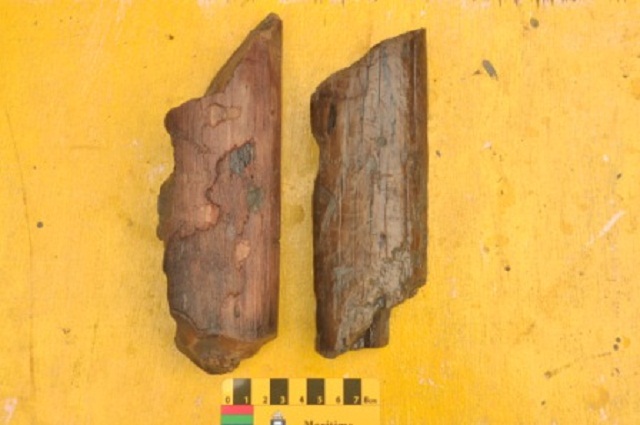 National Museum archeologist Dr. Mary Jane Louise A. Bolunia, who leads the research team at the site, says almost everything about the newly-discovered "balangay" is massive.
National Museum archeologist Dr. Mary Jane Louise A. Bolunia, who leads the research team at the site, says almost everything about the newly-discovered "balangay" is massive.She holds up her hand and curls her fingers into a circle, as if grasping a soda can. "That's just one of the treenails used in its construction," Bolunia says.
An aptly descriptive term, a "treenail" is a wooden peg or dowel used in place of iron nails in boatbuilding.
So with "nails" that size, exactly how big is this boat?
Bolunia produces a piece of onionskin paper with a carefully-inked map of the archeological site. On the upper corner is a roughly pea pod-shaped boat wreck, about 15 meters long, one of eight similarly-sized balangays discovered at the site since the 1970's.
But right next to it, discovered only in 2012, are what seem to be the remains of a ninth balangay so wide that it could easily fit the smaller craft into itself twice over – and that's just the part that's been excavated so far.
Although the boat has yet to be fully excavated, it's estimated to be at least 25 meters long.
Aside from the treenails, the individual planks alone are each as broad as a man's chest – roughly twice the width of those used in other balangays on the site. The planks are so large that they can no longer be duplicated, because there are no more trees today big enough to make boards that size, according to Bolunia.
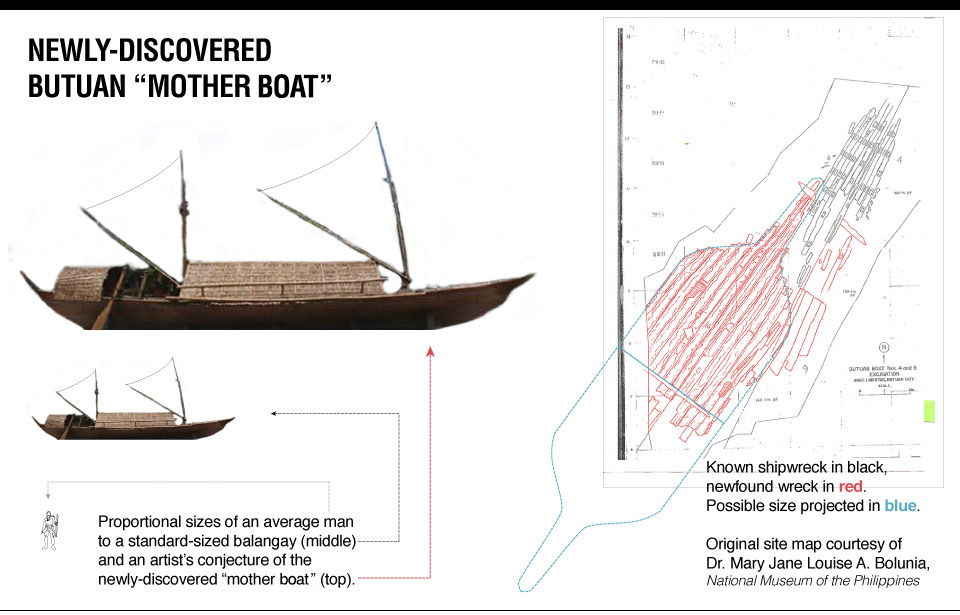
Visiting the site
GMA News visited the site on August 14, and found the excavation site waterlogged pending further digging and study. However, Bolunia assured that keeping the artifacts in this condition for now is actually beneficial for their conservation.
"We just let the water seep in and leave it at that because it's more protected than if you dry it. If you expose it without proper conservation then it will disintegrate," she told GMA News.
Jorge Absite, officer-in-charge of the Butuan Museum, is hopeful that the new discovery will yield more insights about our Filipino ancestors.
The Butuan Museum is tasked with supervising the care and protection of the balangay excavations and any artifacts found therein.
"Ito ang kasagutan sa 'missing link' ng kultura natin, kung ano ba talaga ang uri ng pamumuhay meron ang mga ninuno natin (This is the answer to a 'missing link' in our culture, on what kind of life our ancestors really had)," Absite said.
"(Filipinos') ability to construct or build big boats is not something new... Even before the Chinese came to the Philippines, the Filipinos went to China through the Butuanons," Bolunia underscored.











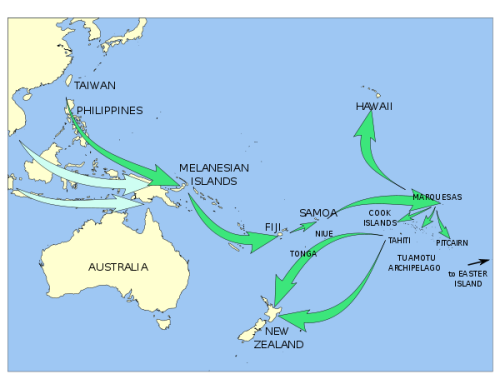




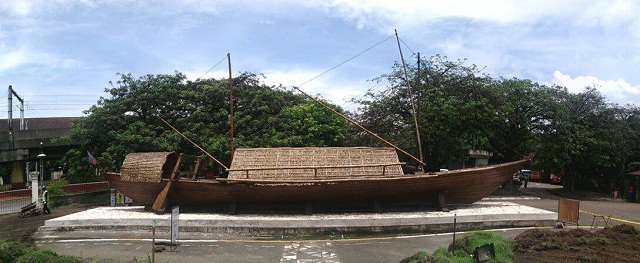
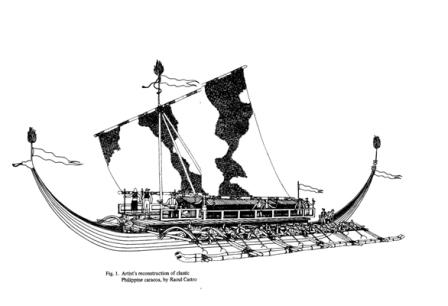 Scott also hinted at the existence of even more impressive vessels: "The most celebrated Visayan vessel was the warship called
Scott also hinted at the existence of even more impressive vessels: "The most celebrated Visayan vessel was the warship called 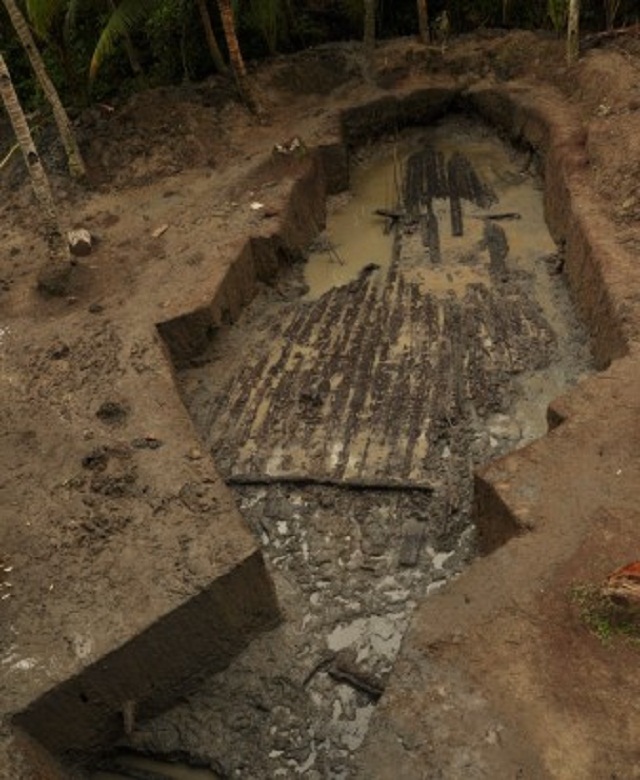 Dr. Bolunia and her team plan to return to Butuan in September to complete the excavation, and hopefully to date the massive new find.
Dr. Bolunia and her team plan to return to Butuan in September to complete the excavation, and hopefully to date the massive new find.


0 comments:
Post a Comment